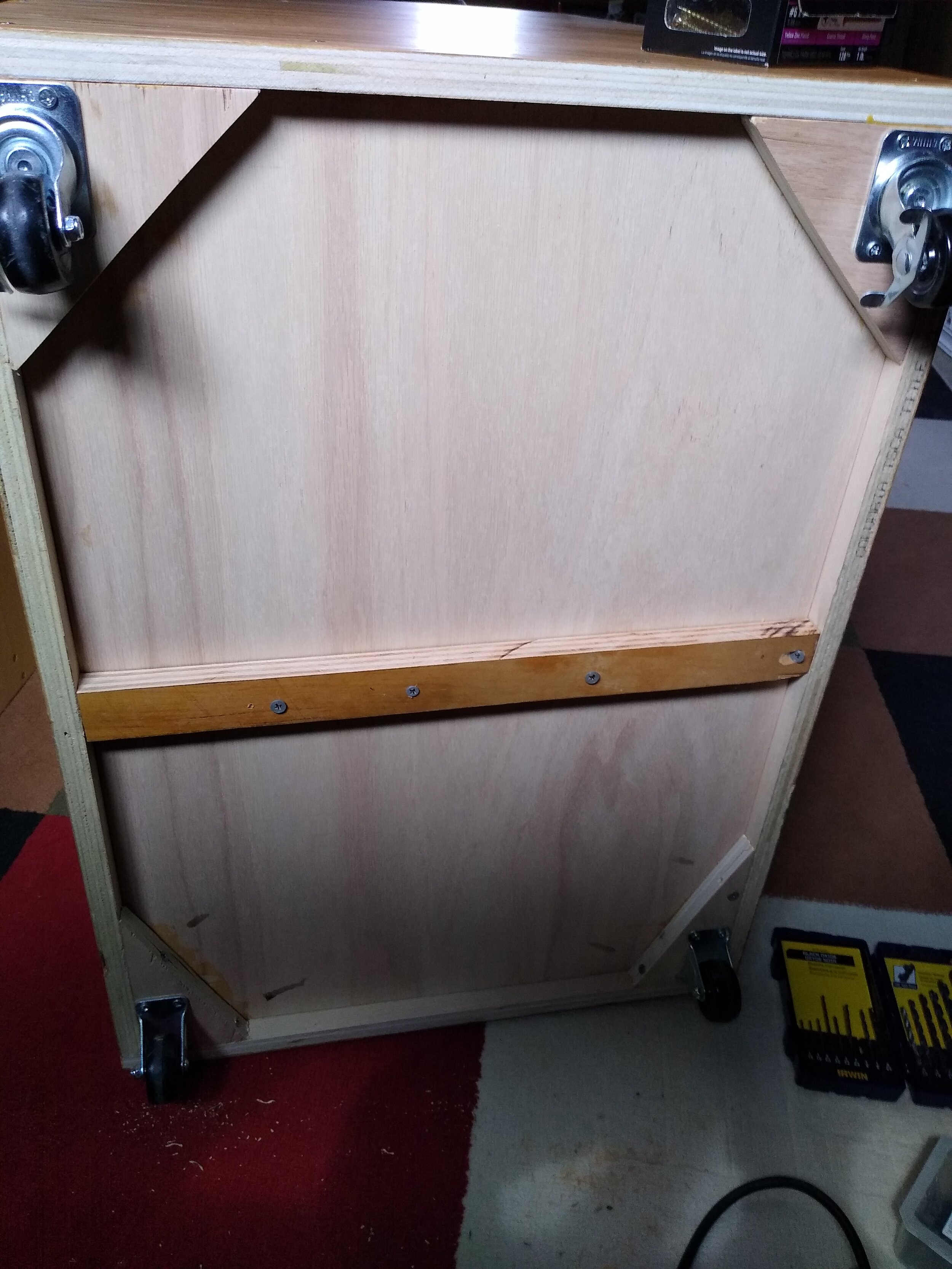That’s Just Like, Your Opinion, Man
The Dude abides in the Coen brothers’ The Big Lebowski, and he also has something to say about opinions. Namely, that opinions are just that – opinions – and not all of them are valid.
Case in point. Last week I had drinks with a few friends, and one of them who’s not really into music said, “Rap isn’t music.” In my usual diplomatic and courteous way, I went on to lambaste this absurdity before he retorted with “It’s just my opinion.” But I took issue with this comeback for two reasons:
1) He made his statement as if were fact, not an opinion.
2) His opinion isn’t credible because it can be proven false.
On the first point, his utterance sure didn’t sound like an opinion to me. If he had instead said something like “To me, rap isn’t musical,” then that would have been a statement of opinion and entirely legitimate, if not sadly limited. But of course, we all make statements that are meant to be taken as opinions. In my podcast, I’ll often say something like “that guitar solo has no place in this song” or “this song goes on too long.” I don’t preface these statements with “It’s my opinion that…” or “I didn’t like that…” Instead, it’s tacitly implied that what I’m offering is an opinion – it’s one of the premises of the podcast. Now, perhaps I should have been more gracious to my friend and recognized the spirit with which he made his claim, but to me he had crossed a line and was speaking with a level of authority on the matter, as if determining what music is and what music isn’t fell under his jurisdiction.
Here’s what it is, according to one definition:
music (myoo͞′zĭk) noun
1. The art of arranging sounds in time so as to produce a continuous, unified, and evocative composition, as through melody, harmony, rhythm, and timbre.
Sounds like a definition that includes rap to me.
Which brings me to my second point: the “opinion” that rap isn’t music isn’t credible because it can be completely invalidated based on facts. Rap music does in fact arrange sounds in time to produce a composition, and furthermore, rap is a genre now well into its fifth decade that has sold countless records and CDs in music stores, is played on music stations and is viewed live at music venues. If not music, then what would you call it? Poetry with a beat? Come on!
If you’re going to make a controversial claim, you should be able to back it up in some way. Hell, even flat-earthers do this, albeit with ridiculous “facts,” but I’ve never heard a flat-earther say, “It’s just my opinion,” because saying the earth is flat isn’t a statement of opinion; it’s a statement of fact based on faulty data that can be proven false, just as my friend’s “opinion” that rap isn’t music is based on faulty data – probably having to do with a narrow definition that music must contain identifiable melodies that can be reproduced on a tonal instrument like a piano or trumpet. But saying rap isn’t music is like me saying Beethoven’s works aren’t music. I may not like his Eroica Symphony (except I do), but that doesn’t mean it isn’t music.
And although you can form an opinion about the above, one conclusion can be made unequivocally: The Dude abides.




